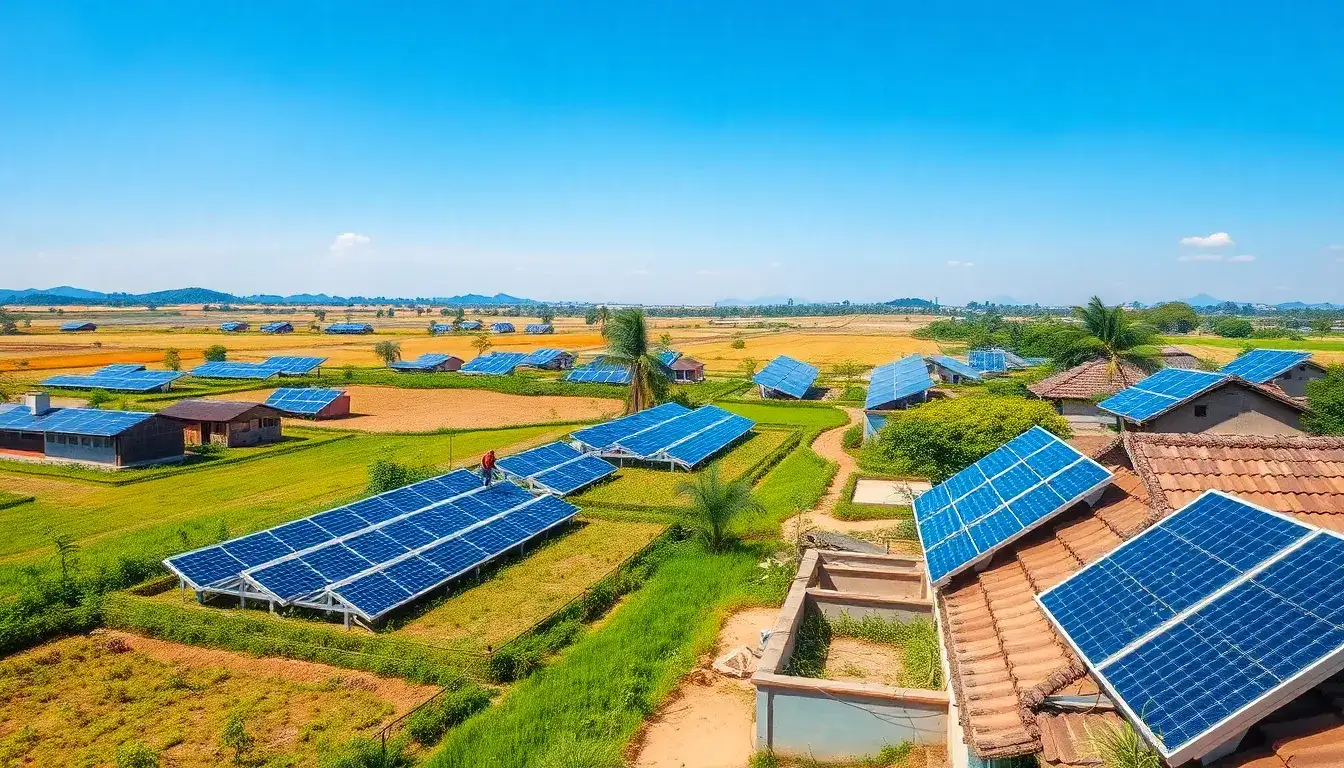
The National Energy Administration recently issued a notice aimed at guiding the orderly development of distributed photovoltaic (PV) energy in rural areas, emphasizing local consumption. The notice explicitly states that local authorities must not designate operating entities or impose mandatory supporting industries. Additionally, it prohibits monopolistic development through franchising or other means that could infringe on the interests of farmers, thereby promoting the healthy and orderly development of distributed photovoltaic energy.
In 2021, the National Energy Administration initiated a pilot program for rooftop distributed photovoltaic development in entire counties (cities and districts), leading to significant progress in various projects across the country. Notably, 56 counties in provinces such as Hebei, Jiangsu, Zhejiang, Fujian, Shandong, Henan, Hunan, Hainan, and Shaanxi have successfully met the pilot program’s objectives.
The essence of distributed photovoltaic generation lies in its user-side development, which allows for nearby consumption and utilization. By the end of 2024, China’s cumulative installed capacity of distributed photovoltaic power reached 370 million kilowatts, an impressive 121 times increase from the end of 2013, accounting for 42% of the total installed photovoltaic capacity.
As distributed photovoltaic generation experiences explosive growth, the challenge of grid connection and consumption has emerged as a significant constraint. The notice emphasizes the need for tailored local regulations regarding the filing, construction, and grid connection processes for rural distributed photovoltaic projects. It encourages a scientific layout and orderly development, facilitating near-grid access and local consumption. Furthermore, it calls for power grid companies and related parties to enhance grid upgrades and other measures to improve consumption capacity based on actual needs, ensuring the sustainable development of distributed photovoltaic energy in rural regions.
Power grid companies are encouraged to optimize their internal workflows, establish green channels, and provide “one-stop” service to enhance investment in rural grid construction and upgrades. This will improve the grid’s ability to accept, allocate, and regulate distributed photovoltaic power. Additionally, attention should be paid to the operation and maintenance of rural distributed photovoltaic projects. Local authorities are encouraged to leverage the expertise of power grid and renewable energy development companies to establish multi-tiered energy service stations in villages and towns, offering specialized services for the maintenance of household photovoltaic systems.







